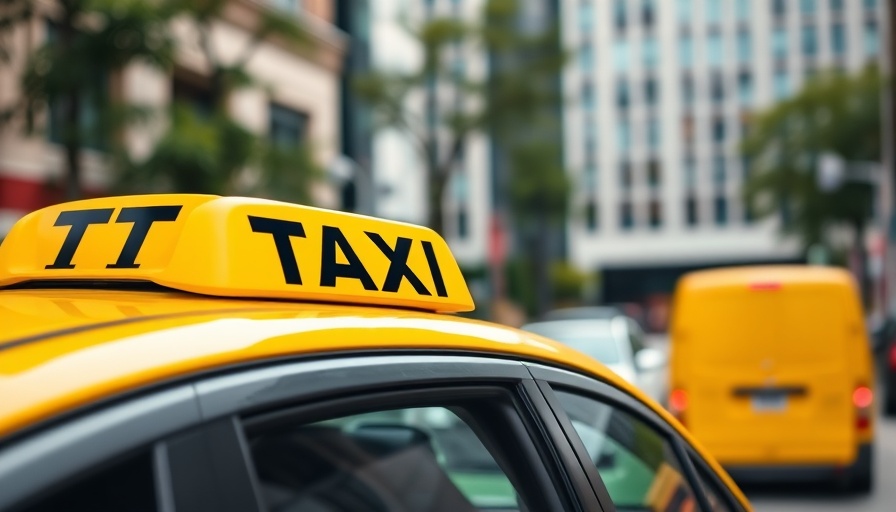
Revolutionizing Income: The Rise of Ride-Hailing Platforms in Africa
In the heart of Nigeria's bustling urban scene, ride-hailing platforms like Bolt and inDrive have transformed not just the way city dwellers move but also how many earn a living. As Bolt recently reported, its top-earning drivers made an astonishing average of ₦9.6 million ($6,300) in just the first half of 2025. This exceeds the ₦7.6 million ($4,996) average earners on inDrive have made, showcasing a fierce competition in the country's ride-hailing sector.
The Reality Behind the Numbers
Despite the impressive income figures, many drivers are feeling the pinch. Reports of growing discontent have surfaced, with many striking against high fuel prices and unfair commissions. In Lagos, where hopes of prosperity often clash with rising living costs, drivers walked off the job, demanding better support and lower operational costs. This turbulence brings forward an important question for policymakers and industry leaders: How will they ensure that these platforms remain sustainable both for drivers and riders?
The Gig Economy: A Double-Edged Sword
The dynamic between drivers and ride-hailing companies illustrates the complexities of the gig economy. While the opportunity to earn over ₦1 million ($656) monthly attracts many to this line of work, the underlying issues are palpable. The Amalgamated Union of App-Based Transporters of Nigeria has highlighted the struggles between profit margins and rising expenses, escalating competition and inflation threatening the livelihood of thousands.
Embracing Change with Innovative Solutions
To combat these pressures, drivers are increasingly adopting a strategy known as “multi-homing,” utilizing multiple platforms to maximize earnings. Further, the popularity of inDrive's fare-negotiation model illustrates a shift towards user-centric approaches that empower drivers. Meanwhile, Bolt is also innovating, rolling out bonuses and initiatives that prioritize its top drivers, although skepticism remains over the sustainability of these offerings.
The Future of Ride-Hailing in Nigeria: A Market at a Crossroads
As we look towards a future projected to see the ride-hailing market reach $380 million by 2028, the balance of affordable rides for riders and fair earnings for drivers remains delicate. Urbanization and smartphone proliferation continue to fuel demand, yet as tensions rise, platforms must heed the voices of their drivers to foster loyalty and trust.
Understanding the continuous disruptions caused by innovations like AI, fintech, and blockchain within the African context is crucial. These technologies not only hold the potential to reshape mobility but can also address socioeconomic challenges faced in these vibrant markets.
Take Action and Adapt
For investors and leaders, the rise of innovative ride-hailing companies in Africa reflects a broader shift towards digital transformation. As these technologies unfold and evolve, staying informed on emerging trends will be essential to harnessing their full potential. Collaboration, adaptability, and a focus on sustainable practices will ultimately drive success in this competitive arena.
 Add Row
Add Row  Add
Add 


Write A Comment